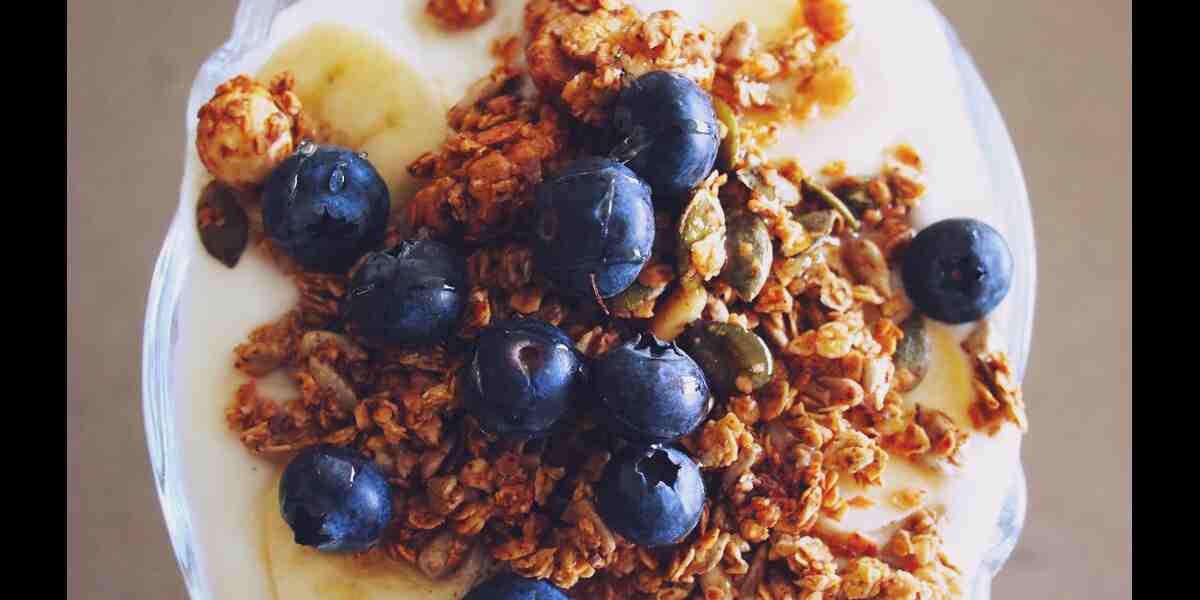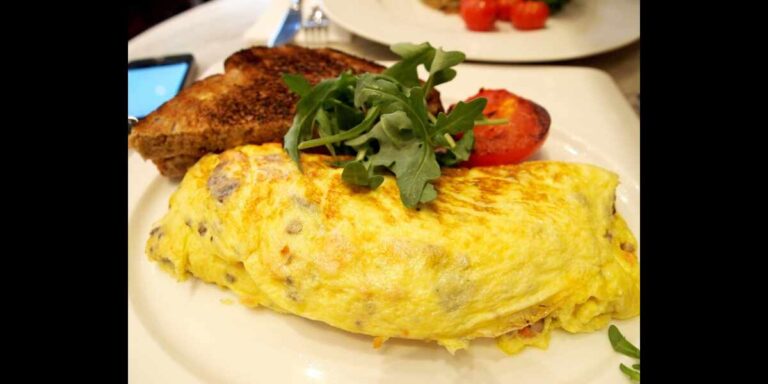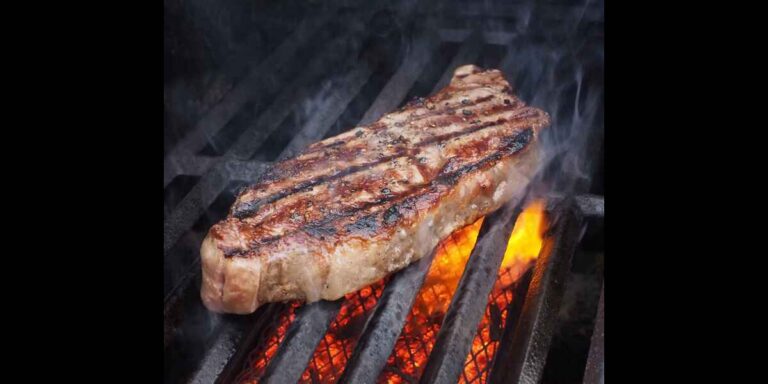Do high-fibre foods work for weight loss?
Fibre, whilst not in the vanguard of diet-related buzzwords that include keto, paleo, or flexitarian, is a subject that warrants discussion. High fibre intake can lead to weight loss without other dietary changes. A fiber-rich and lean protein diet can help by reducing calorie intake.
According to Marisa Moore, R.D.N., L.D., a culinary and integrative dietitian, fibre decelerates the digestive process, which in turn reduces the feeling of hunger. Furthermore, Krista Linares, R.D.N., a specialist in diabetes management and prevention within the Latino community, notes that feeling satiated after a meal reduces a subsequent urge to snack an hour later.
Fiber helps regulate your body’s response to carbohydrates. What foods are high in fibre? Fiber in chia seeds and black beans slows digestion, regulates insulin and blood sugar, and prevents overeating and spikes/crashes.. This prevents overeating and spikes and crashes in insulin and blood sugar levels.
Fibre is also essential for your digestive and heart health. Linares says that fibre isn’t digested, Eating fiber-rich foods helps you stay regular and reduces the risk of colorectal cancer. Additionally, fibre can improve heart health by lowering blood pressure and LDL cholesterol.
Have you ever wondered what exactly fibre is?
Fibre is a plant component that the body cannot digest. Before knowing what foods are high in fibre we should know two types of fiber: soluble and insoluble. Soluble fiber slows digestion and can be found in apples, carrots, peas, beans, and oats. Insoluble fiber maintains regularity and is in wheat bran, nuts, cauliflower, brown rice, lentils, and celery.
How much fibre should I consume?
To increase your fiber intake, add one extra serving of fiber daily, around 5g, and gradually increase the amount over time. Adult women should consume at least 25g of fibre per day. This gradual approach allows you to add fibre to your diet effortlessly, taking charge of your weight reduction goals.
Which foods are high in fibre?
Moore suggests integrating fibre into your diet through a number of methods. What foods are high in fiber as she told, her particular likes include berries, beans, peas, and lentils. She recommends eating fresh berries during peak season, incorporating them into salads, nibbling on them, or blending them into yoghurt. Moore also recommends keeping frozen fruit on hand for a fast and healthful boost in smoothies. Linares like pistachios, which have 3g of fibre per ounce. Let’s see what foods are high in fibre! Here are some other fiber-rich meals to consider.
- Chia seeds (2T): 10g
- Black beans (1/2 cup): 8.3g
- Chickpeas (½ cup): 8.1g
- Lentils (1/2 cup): 7.8g
- White beans (1/2 cup): 6.3g
- Pears: 5.5g
- Avocado (1/2 cup): 5g
- Edamame (1 cup) 5g
- Almonds (1/4 cup): 4.5g
- Apples: 4.4g
- Bulgur (1/2 cup): 4.1g
- Raspberries (1/2 cup): 4g
- Collard greens (1 cup): 4g
- Blackberries (1/2 cup): 3.8g
- Baked potato: 3.6g
- Peas (1/2 cup): 3.5g
- Popcorn (3 cups): 3.5g
- Whole grain bread (1 slice): 3g
- Strawberries (1 cup): 3g
- Quinoa (1/2 cup): 2.6g
- Broccoli (1 cup): 2.4g
- Kiwi: 2.1g
- Blueberries (1/2 cup): 2g
Pros of using fibre for weight loss
Eating fiber is a great way to lose weight because it makes you feel full and satisfied. This can help you avoid overeating and feel more content with your meals. As we already know what foods are high in fibre we may also acknowledge, It slows down digestion, which leads to a prolonged feeling of fullness. Moreover, it helps in maintaining the glucose levels in the bloodstream, which in turn prevents sudden drops in sugar levels causing irritability and fatigue.
See related post- what is considered a healthy diet?
The following are the drawbacks of relying on fibre for weight loss
Thus we know what foods are high in fibre, fibre is crucial for a healthy diet, but it can have drawbacks when shedding excess weight. “Flatulence and bloating may occur,” warns Gans. If your body is unaccustomed to fibre intake, you might experience unpleasant side effects, such as increased gas and bloating. However, Gans suggests that gradually adding fibre to your diet, coupled with ample hydration, can reduce the chances of adverse effects.
Your ability to absorb certain nutrients may be affected
The daily recommended fiber intake for women is 25 grams while for men it is 38 grams.The daily recommended fibre intake for women is 25 grams, while for men, it is 38 grams.What foods are high in fibre, Some diets suggest consuming more than 50 grams of fibre, but excessive fibre intake can affect nutrient absorption, including calcium. It’s better to promote or maintain regularity instead of impairing absorption of certain nutrients.
How to calculate the required amount of fibre to aid in weight loss?
According to Gans, there’s no specific number of carbohydrates you should aim for; however, she suggests consuming the recommended amount of fibre. This is 25 grams per day for women, and for men, it’s 38 grams per day. “Your focus should be on adding more carbohydrates to your diet, such as 100% whole grains, fruits, vegetables, and legumes, which are all good sources of fibre,” she suggests.As per her suggestion what foods are high in fibre can be helpful while eating with more carbs!
How can fibre be effectively incorporated into your weight loss plan?
Fibre for weight loss is a fantastic weight loss plan, but you shouldn’t just rely on it to help you lose weight. Cording suggests adding one high-fibre food to each meal instead of trying to consume much fibre at once. This approach can help you feel full, and feeling full can help you maintain healthy eating habits.
Make sure you add water!
Any time you add what foods are high in fibre to your routine, you must ensure you’re drinking plenty of water, says Linares: “One of the ways fibre the way it works is by drawing water into your stool, which helps to maintain regularity.” However, this mechanism is only effective if you drink a glass of water in your routine as you increase your fibre intake.






